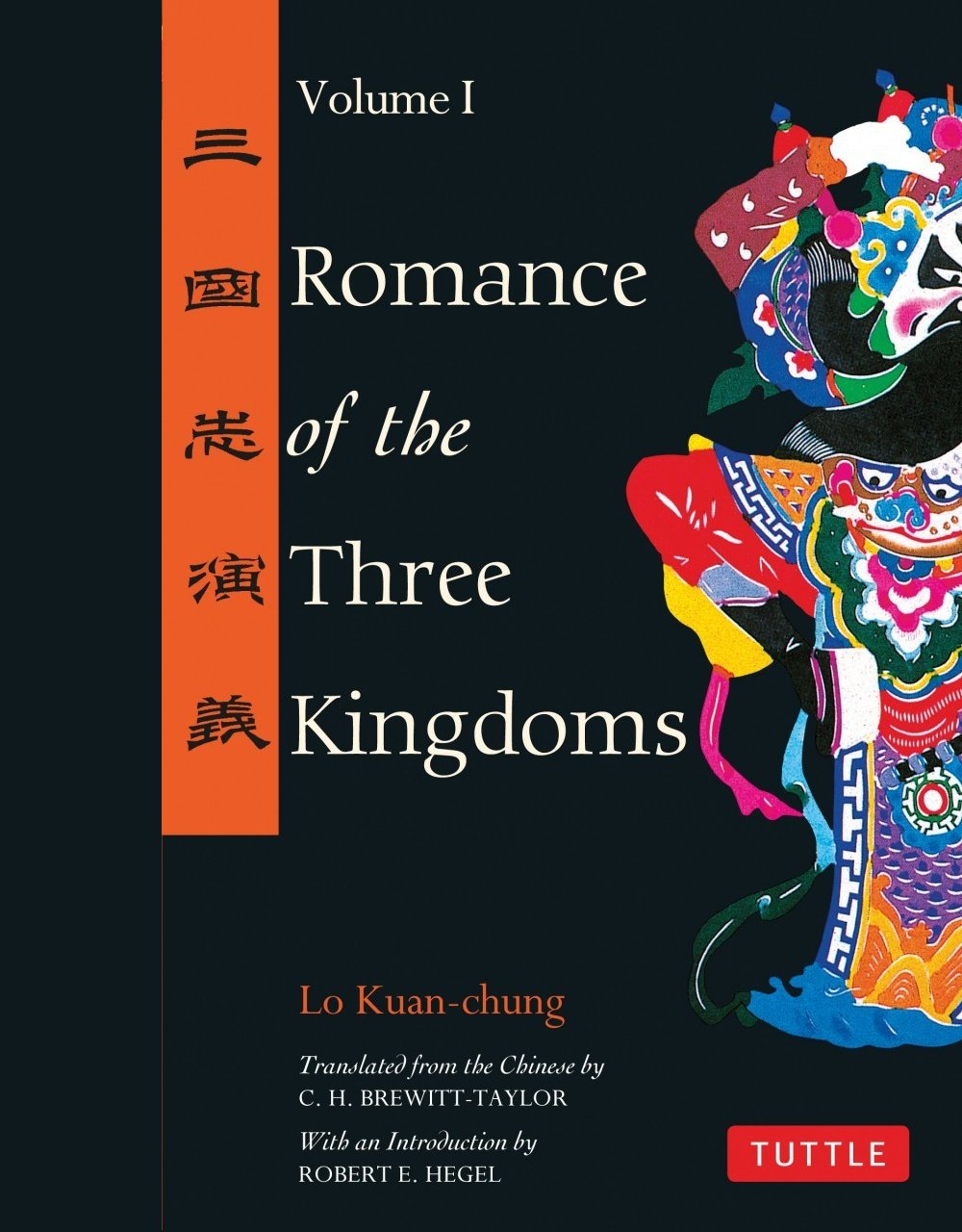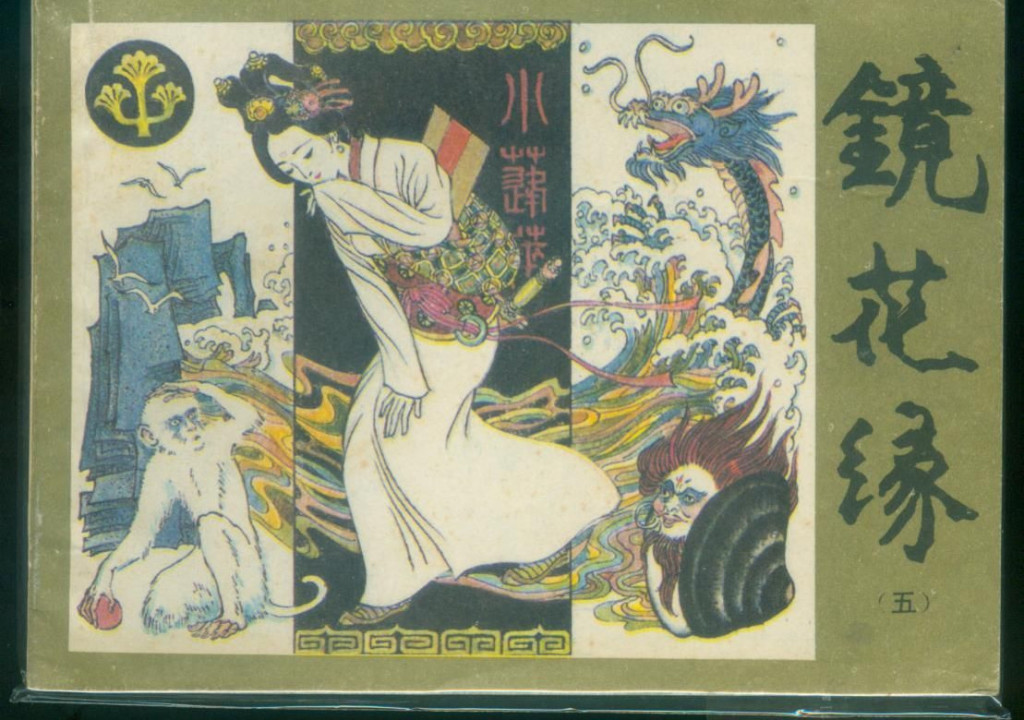Chinese classic literature offers some of the most excellent novels ever written. To better understand Chinese civilization, a good grasp of the stories in these novels are essential. All these novels contain the philosophical, spiritual, and religious underpinning characteristics of Chinese civilization. Herewith, the top 10 list for all Chinese novel fans.
1. Romance of Three Kingdoms (《三国演义》) – Luo Guanzhong (Ming Dynasty)

The novel depicts nearly a hundred years of historical events starting from the late Eastern Han Dynasty to the early Western Jin Dynasty. The story takes place during the fall of the Han Dynasty (206 B.C.-A.D. 220), when heroes arose to take control over the fate of the empire. The historical ending of the Han Dynasty and transition into the Three Kingdoms period is illustrated with such forceful suspense and epic heroism that you will not easily want to put down this hefty, 100 chapter novel. The author drew on the tales of this turbulent period with sophisticated narratives of loyalty and treachery, triumph and defeat.
2. Fengshen Yanyi (《封神演义》)- Xu Zhonglin (Ming Dynasty)

“Fengshen Yanyi” or “Tales of the Teahouse Retold: Investiture of the Gods” is a 16th-century Chinese fantasy genre novel. The novel consists of 100 chapters in total. Based on the framework that King Wu led punitive expeditions to conquer King Zhou, the book describes how the heavenly gods split into two groups and fought against each other to support either sides. After a series of wars, King Zhou was defeated by Jiang Ziya – the organizer of an army, built to overthrow the tyrant. Finally, the heroes of Zhou and some of their fallen enemies of Shang are endowed with heavenly ranking by Jiang Ziya. The book is well-known for its great length and strange fantasy.
3. Water Margin (《水浒传》) – Shi Naian (Ming Dynasty)

“Water Margin” or “Outlaws of the Marsh” is one of China’s Four Great Classical Novels. It is a loose account of the exploits of righteous fugitives living during the Song Dynasty. The story explores how fate brought them together, and the moral challenges that confront bandits with values. The story of these 108 men and women is enhanced by their striking characterizations. The way the author fleshes in the personalities of these multi-dimensional and extremely complex characters while they struggle with right and wrong is unmatched.
4. The Scholars (《儒林外史》) – Wu Jingzi (Qing Dynasty)

“The Scholars” is a chapter-novel created by Wu Jingzi in the Qing Dynasty. It includes a total of 56 chapters with about 400 000 words. The novel depicts nearly two hundred people; the writing of the novel has occupied the author for more than ten years. On the pretext of the Ming Dynasty, the novel actually describes scholars’ fame and life under the imperial examination system during Kangxi and Qianlong period.
5. The Travels of Lao Can (《老残游记》) – Liu E (Qing Dynasty)
“The Travels of Lao Can” by Liu E (1857 -1909) is one of the Late Qing Four Condemned Novels. The novel, with a total of 20 chapters, tells of things seen and heard by a doctor Lao Can during his travels, the novel is greatly praised for its vivid description. This is also the only fiction work by Liu E.

This novel was written by Wen Kang and has a total of 40 chapters. This work is China’s earliest social novel which mixes chivalry and romance together, mainly portraying the image of chivalrous girl Sister Thirteen.
7. Dream of the Red Chamber (《红楼梦》) – Cao Xueqin (Qing Dynasty)

“Dream of the Red Chamber”, also known as “The Story of the Stone” , was written by Cao Xueqin in the latter half of the 18th century. It is a masterpiece of realism. The story explores the romances, fates, and fortunes of dynastic life in painstaking detail. Currently, there are entire fields of study focused around this book. No other book describes so vividly the daily way of life of people at various levels of society during ancient times.
8. Nie Hai Hua (《孽海花》) – Zeng Pu (Qing Dynasty)

“Nie Hai Hua” also known as “Flower in the sea of evil” is one of the Late Qing Four Condemned Novels. The novel has 35 chapters in total. It displays three decades of historical and cultural changes in China’s social and political life starting from early years of Tongzhi reign to the Jiawu War.
9. Flowers in the Mirror (《镜花缘》) – Li Ruzhen (Qing Dynasty)

“Flowers in the Mirror” is a 100-chapter mythical novel by Li Ruzhen (about 1763—1830). The first half of the novel tells the story of Tang Ao, Duo Jiugong and others who venture overseas by boat, including their experiences in the “country of Gentlemen”, “the Country of Women”, “the Country of Intestine-less People” and other countries. The latter part tells that Tang Xiaoshan and other one hundred female talents who are transformed by flower fairies pass imperial election and do something worthwhile in the court.
10. Journey to the West (《西游记》) – Wu Cheng en (Ming Dynasty)

“Journey to the West” is a classical gods-and-demons novel and one of China’s Four Great Classical Novels. The novel tells how the Buddhist San Zang and his three followers went to the Western Heaven to acquire scriptures. The novel was created in the mid-16th century during the Ming Dynasty and is generally attributed to the author of Wu Cheng en.
